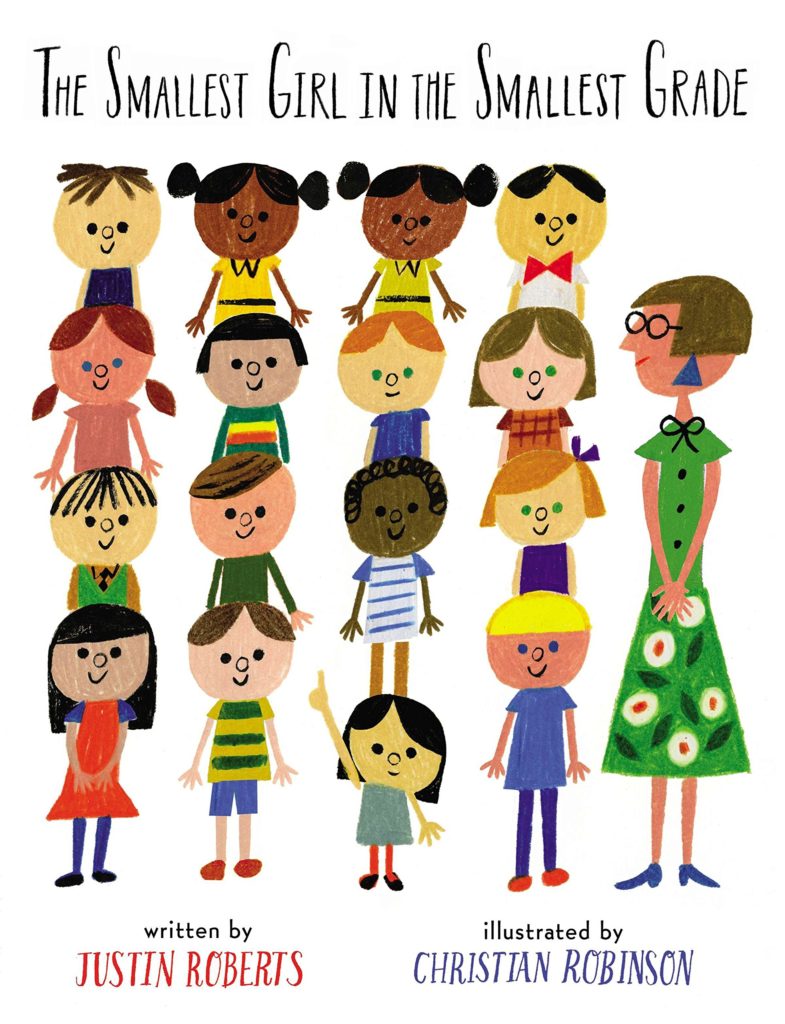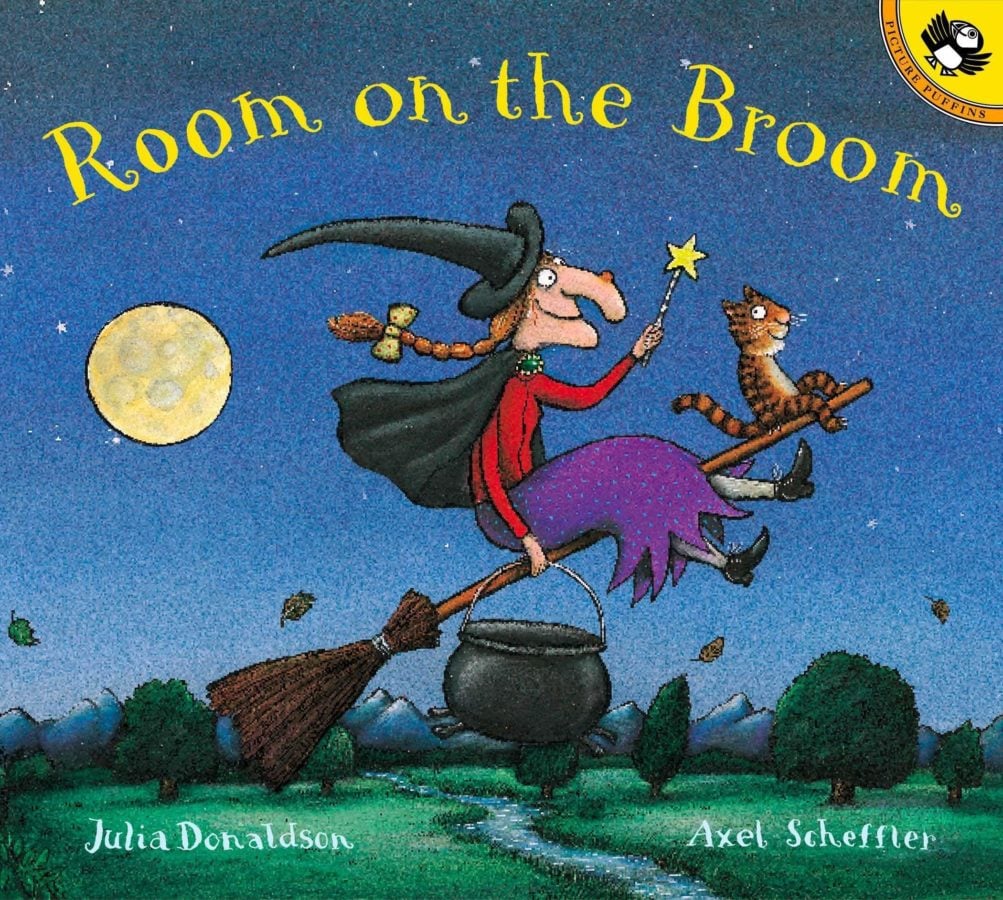I ordered The Smallest Girl In The Smallest Grade from Maria’s book order on a whim. It was really cheap (like a dollar or two) and had a fun cover.
Oh my goodness, am I glad I did!
For kids, this book serves up bright illustrations, fun rhymes, and a palatable storyline about the power of one.
For parents, it surprises, delivering something poetic and profound.
“Hardly anyone noticed young Sally McCabe,” the book begins, showing a tiny black-haired girl looking lost at recess.
“She was the smallest girl in the smallest grade.”
It continues:
And they certainly didn’t know, or at least didn’t mention, that Sally was paying super extra special attention.
To the abandoned kite with the tangled string.
To the 27 keys on the janitor’s ring.
To the leaves as they turned green to gold in the fall.
To the time Tommy Torino was tripped in the hall.
She sees wildflowers tipping and hears a hound dog howling. “She was there when the stray cats who normally fought conducted a meeting in the church parking lot.”
She notices various misdeeds: pushing and dragging, “mean words” and “cold stares.”
So on February third at eleven twenty-nine,
Sally stepped straight out of the lunchroom line
She said, ‘I’m tired of seeing this terrible stuff.
Stop hurting each other! This is enough!’
And remarkably, “something super extra special” happens: The kids all raise their hands in agreement.
And though hound dogs were destined to howl at night,
and most stray cat meets would end up as fights,
and kites would continue to get stuck in trees,
they all felt, for a moment, like the janitor’s keys.
Fastened together with a heavy steel ring
that held all the secrets to unlock everything.
That image struck me: a student body “fastened together” like janitor’s keys, experiencing the power to “unlock everything” by virtue of their unity.
Wow.
I am still marveling over the impact of that single image, a ring of keys.
Sally goes on to discover the ripple effect: “Billy paused briefly to open the door for Mrs. O’Connell and 17 more,” and “Molly scooched over to make some space on the choral rise for Ellen and Grace.”
She comes to a happy conclusion: “How the world can transform and a change can be made by the smallest girl in the smallest grade.”
It’s a great takeaway for a young reader: Sally’s small stature (and lack of friends) gave her an advantage: a vantage point for keen observation, a heightened sensitivity. A perceived weakness becomes a strength.
It’s not a unique lesson, but the way it is packaged in this book — with charming illustrations and, even more so, poetic language — speaks to my mama heart and writer heart.
As a longtime writer, rediscovering children’s books once I became a parent has inspired me more than I ever expected.
They are replete with writing lessons, if you look for them.
Room on the Broom, for instance, makes the case for the most important part of speech: verbs. I highlighted its most memorable, muscular active verbs in this blog post.
If I were to extract one writing lesson from The Smallest Girl In the Smallest Grade, it would be the use of similes. (The book also contains lovely metaphors, so the ability to distinguish between simile and metaphor could be tested on these pages.)
Consider these similes:
- She’d seen how a whisper could make someone cower like a bulldozer crushing through fields of wildflowers.
- Like waves rolling in, one after another — first Molly rose up, then Michael’s twin brother.
- They all felt, for a moment, like the janitor’s keys.
When you read this book to your kids, you embolden them to take on bullies and empower them to see the world in new ways through simile.
Definitely worth the read.
Christina Ries is a freelance writer who lives with her husband and three young children in Inver Grove Heights.
Editor’s note: This book was featured in Minnesota Parent, along with a selection of back-to-school books. Note: Affiliate links are contained on this page.

















